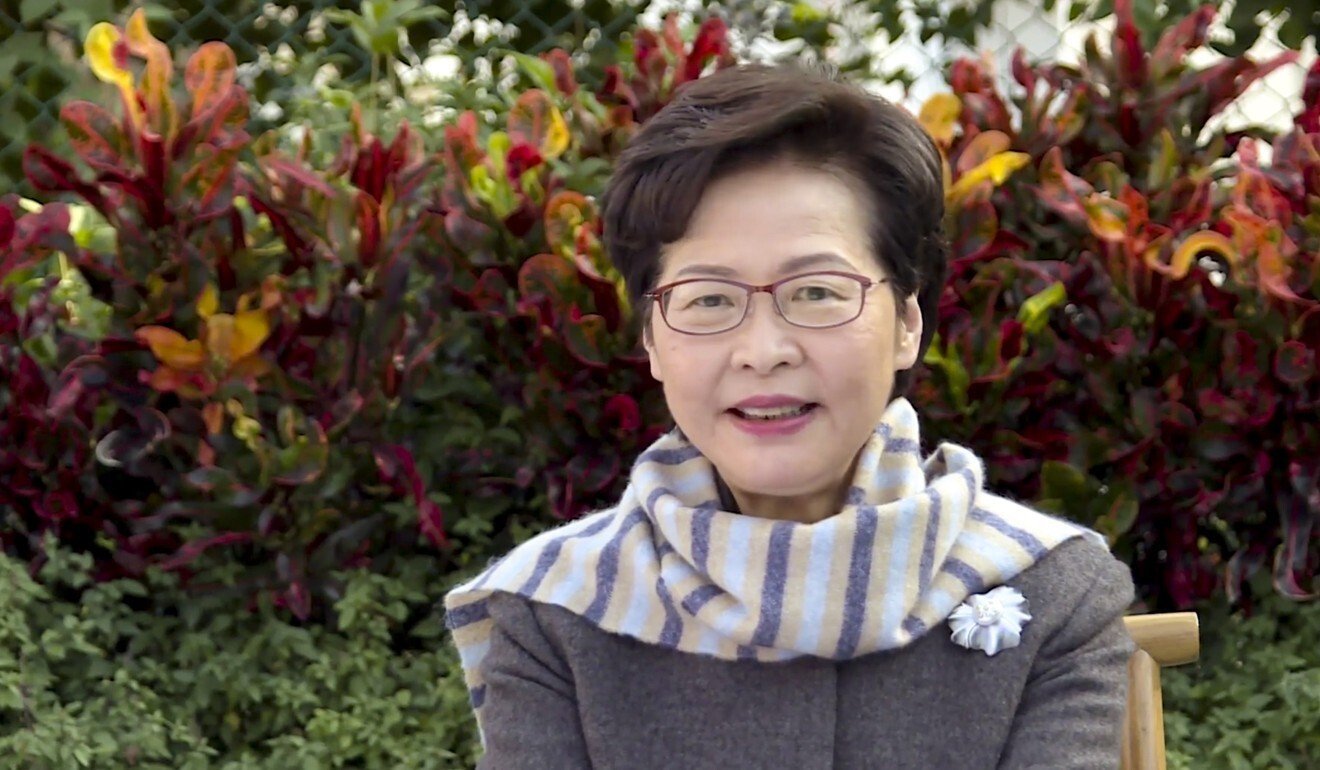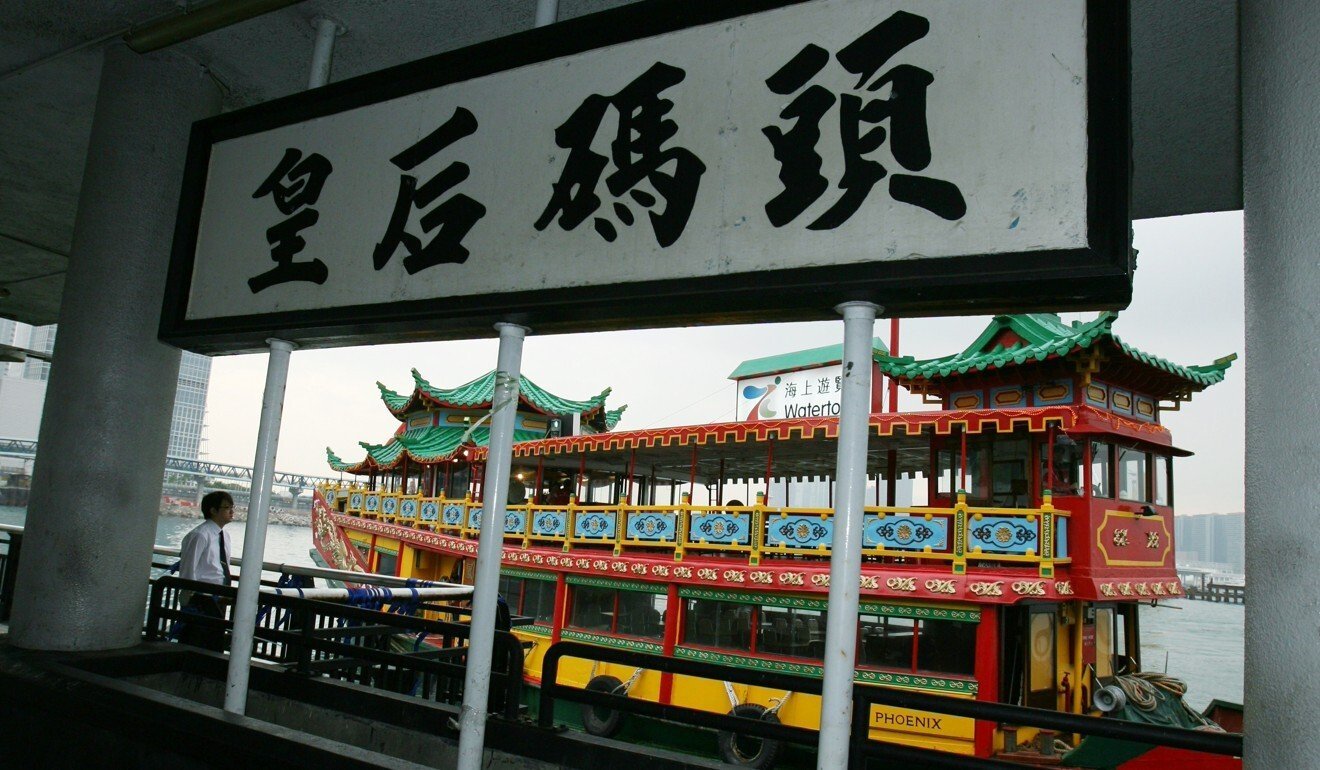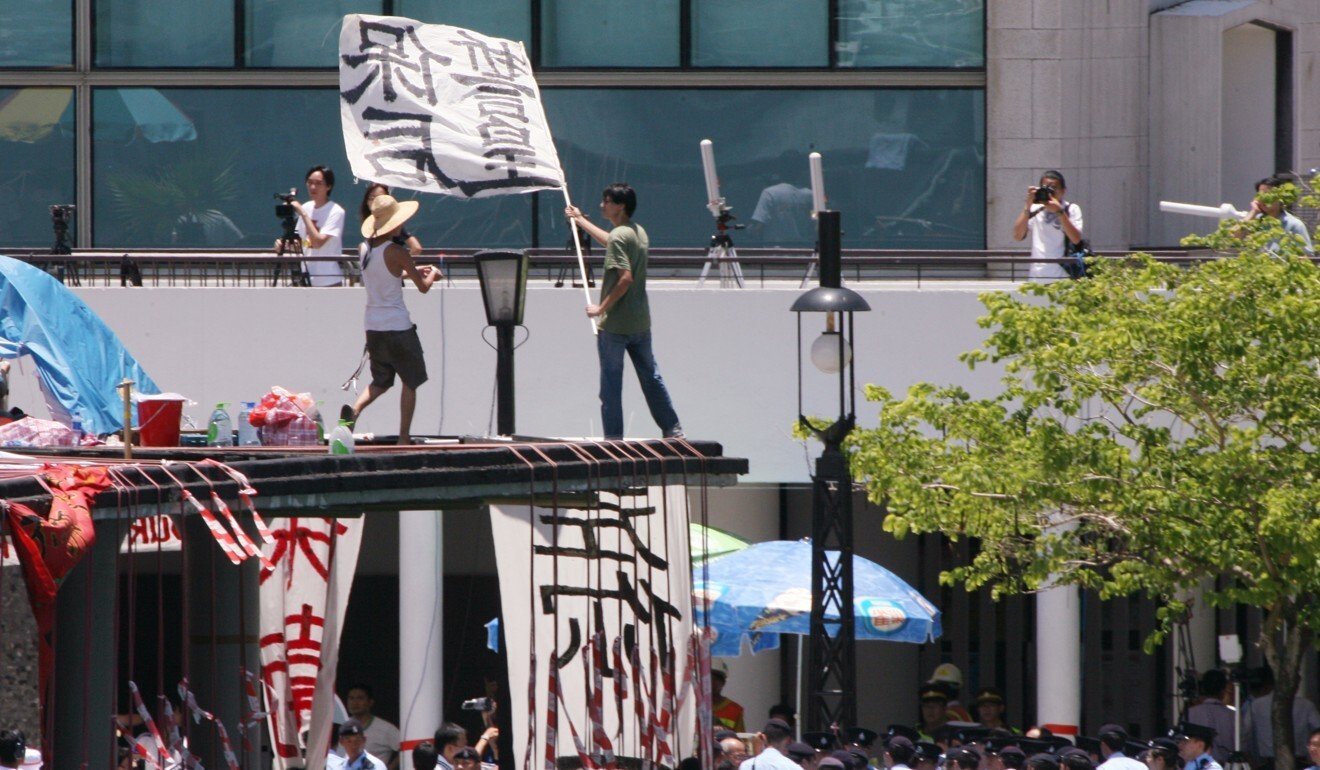Hong Kong News

Hong Kong’s Queen’s Pier may be relocated away from original Central area
Hong Kong’s iconic Queen’s Pier could be reinstated away from its original home in Central, authorities have revealed more than a decade after the structure, a famed landmark of the city’s colonial past, was dismantled.
The latest development on the historical site, removed in 2007, was raised days after social media was set abuzz when it was found that authorities were tearing down a century-old underground reservoir with massive stone and brick arches, at what is known as Bishop’s Hill in Shek Kip Mei.
The public outcry forced the government to halt works, issue an apology and vow to look into preservation of the site.
On Tuesday city leader Carrie Lam Cheng Yuet-ngor said she shared people’s passion for the reservoir, and felt deeply that the site should be preserved. But critics were unimpressed, saying that the chief executive had years ago promised Queen’s Pier would be relocated between Pier 9 and 10 in Central as early as 2013.

A spokeswoman for the Development Bureau on Friday said officials were exploring whether the pier could be resurrected at a different location.
“In the next few years, the government will be implementing a number of harbourfront improvement projects. We are exploring whether we can, under one of those works, relocate Queen’s Pier to another place, and resume its function.”
A government source said no specific location had been identified yet. “We are still trawling through coming harbourfront projects to see whether any site is suitable,” the source said.
Both the pro-establishment and opposition camps on Friday urged the government to disclose more details as soon as possible, while some members of the latter bloc remained sceptical of any plans to bring back the structure.

Harbourfront Commission member and pro-establishment district councillor Frankie Ngan Man-yu said it would not be preferable if the government eventually settled on relocating the pier away from Central.
“The government should release more details to both the commission as well as members of the public as soon as possible about their next step, especially given the high level of concern from society,” said Ngan, a Democratic Alliance for the Betterment and Progress of Hong Kong member.
Co-founder of local human rights organisation Civil Rights Observer Icarus Wong Ho-yin, one of three activists who staged a hunger strike back in 2007 to fight and preserve the pier, also urged authorities to release more details soon.
“The government has been stalling relocation plans for Queen’s Pier for more than 10 years, and these should not be further delayed,” Wong said.
“The venue for its relocation is in fact crucial. If it got moved somewhere far from Central, it would not make much sense and it won’t be able to reflect its true historical value.”
Former opposition lawmaker Eddie Chu Hoi-dick, who also campaigned against demolishing the pier, struck a more pessimistic tone. “The pier’s relocation has been more of a political issue,” he said. “I suspect it will not be relocated eventually because of political correctness … Authorities might just continue to stall its relocation as part of their plans of decolonisation, given it was [an icon of] the colonial era.”
Queen’s Pier, originally located outside City Hall in Central, had welcomed many incoming colonial governors and Queen Elizabeth II.
The demolition of the landmark in Central in 2007 was seen as the awakening of Hongkongers to the importance of heritage conservation and their local identity. In 2007, dozens of activists staged a sit-in at the pier and gained widespread sympathy from the general public.

Lam, the development chief at the time, insisted the pier should make way for a bypass, but that it would be resurrected. Since then, the major components of the pier, including a famed sign bearing the Chinese words “Queen’s Pier” has been stored in a government explosives warehouse on Lantau Island.
In a video posted on Facebook on Thursday, Lam admitted that in 2007, she initially found it strange that many young people opposed the demolition of the pier.
“It was a bit strange to me that so many young people cared about Hong Kong’s heritage,” she said.
“But later I realised that young people want to have a stronger sense of belonging and connection with this city, that’s why they have such strong feelings.”
In 2016, the Development Bureau launched a public consultation exercise on three different ways to relocate Queen’s Pier between Pier 9 and 10 in Central.
Officials said at the time that the pier would be relocated by 2019, but the plan was not implemented.
There have been other examples of old piers or buildings being moved. Murray House and Blake Pier were originally built in Central, and were relocated to Stanley in 1998 and 2007 respectively.











